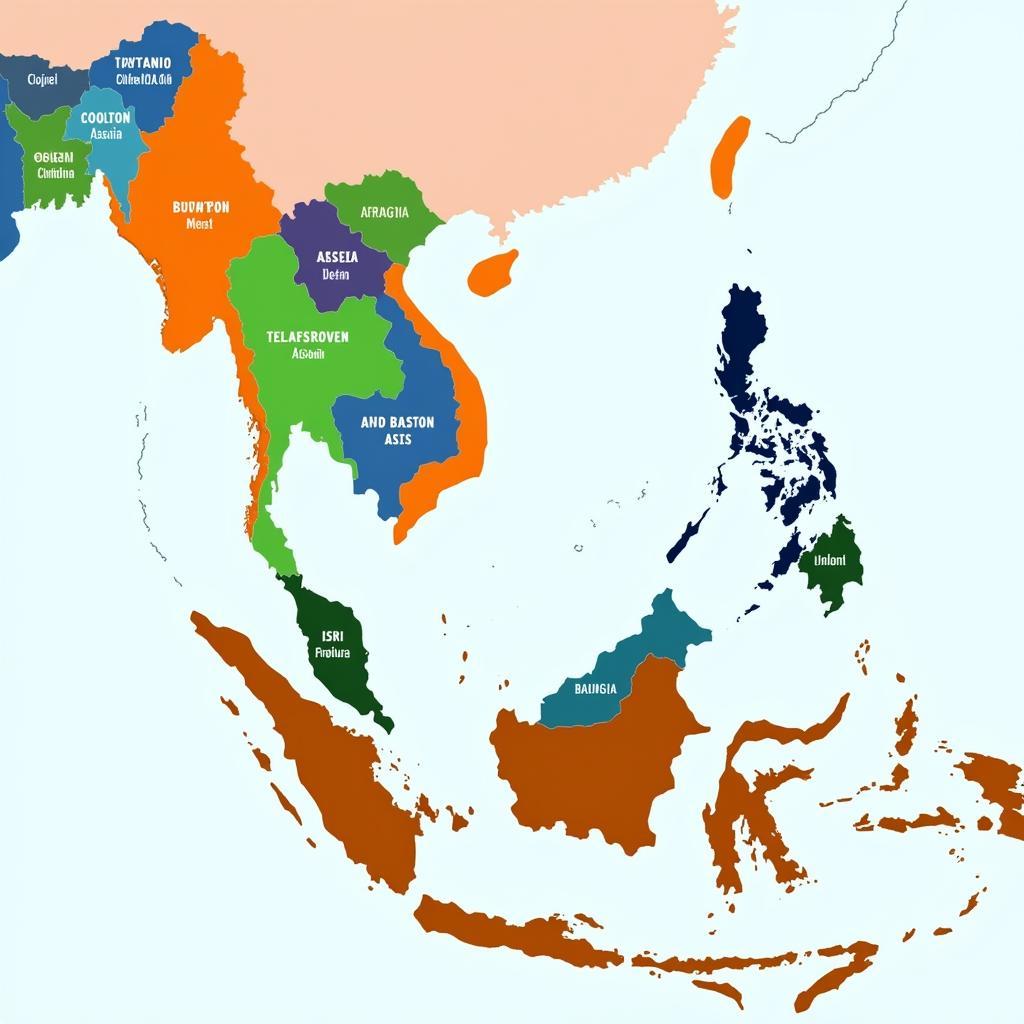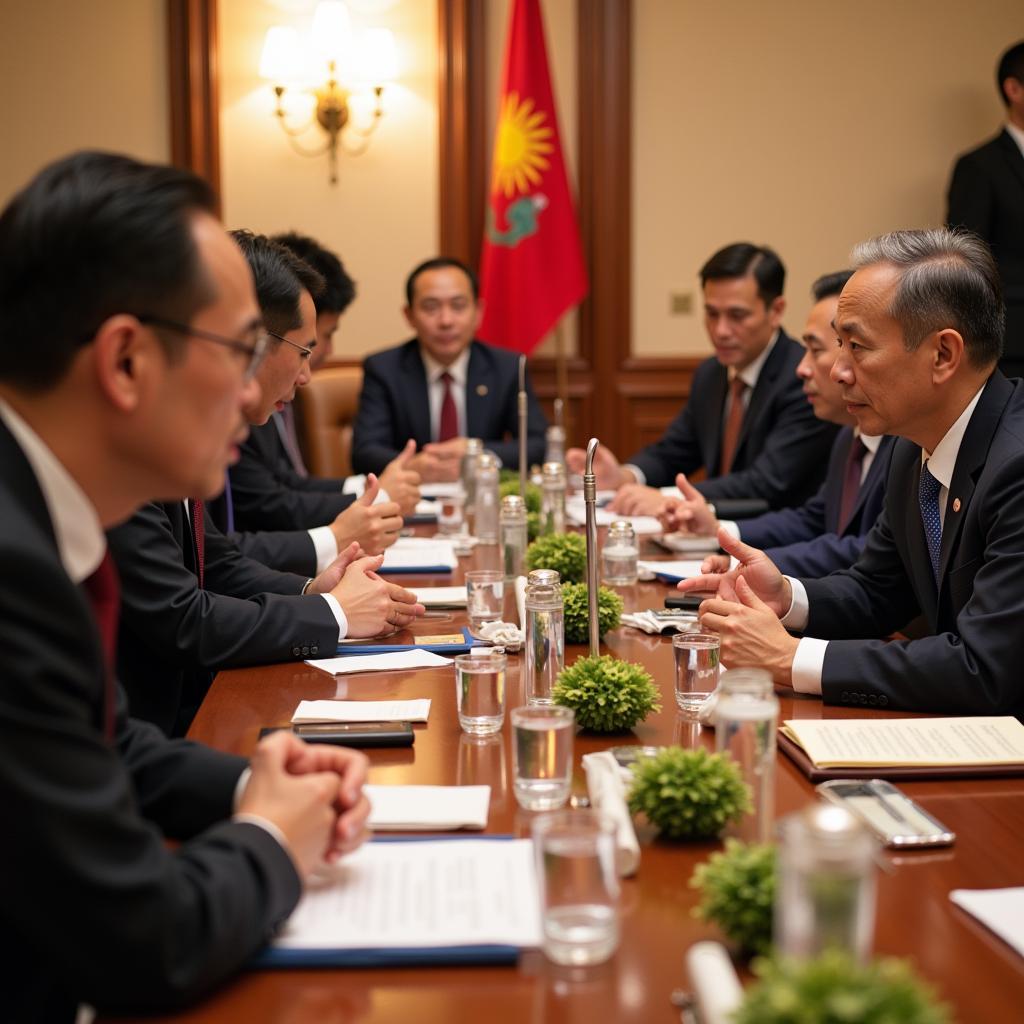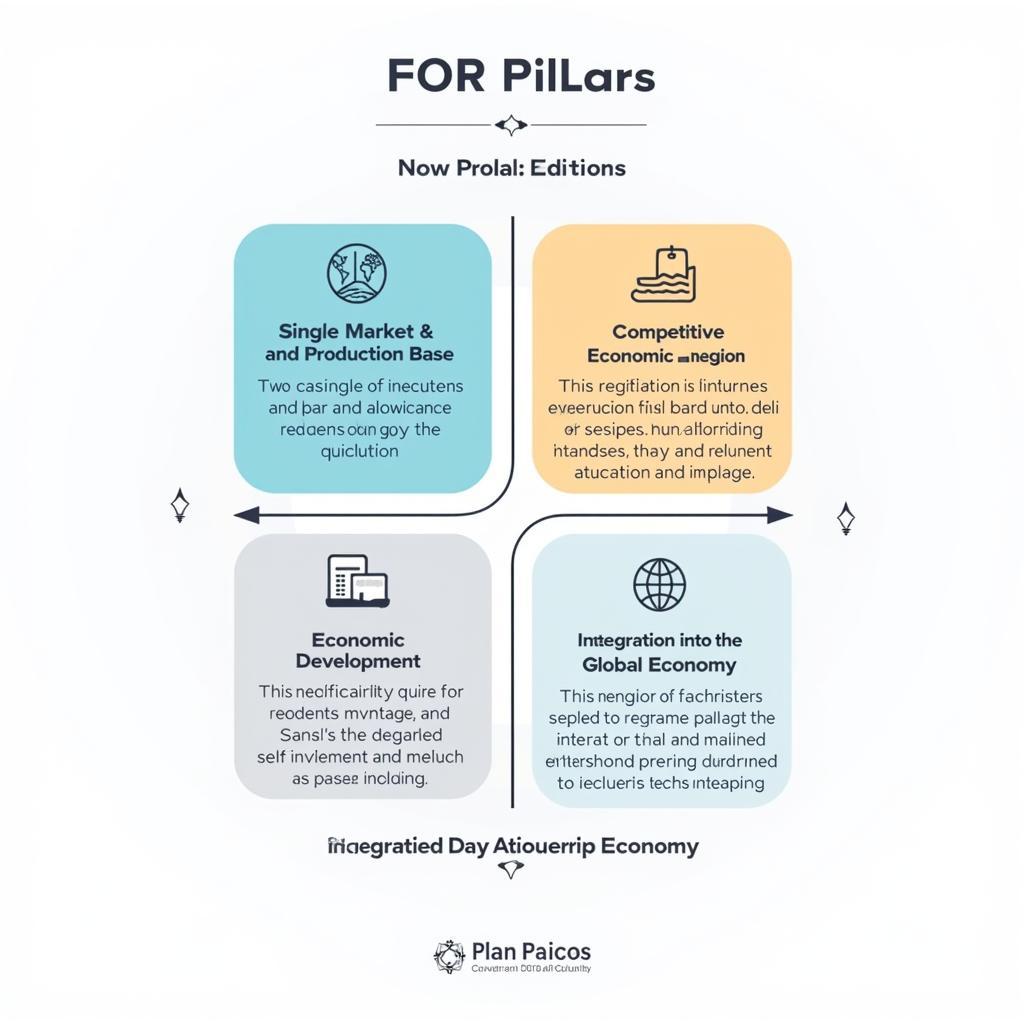The question “Anggota Asean Ada Berapa Negara” translates to “how many countries are in ASEAN?” in Indonesian, showcasing a keen interest in understanding the makeup of this Southeast Asian alliance. Well, ASEAN, the Association of Southeast Asian Nations, proudly boasts a membership of 10 vibrant and diverse countries. But ASEAN is more than just a number; it’s a tapestry woven from history, culture, and a shared vision for a brighter future.
A Journey Through Time: The Genesis of ASEAN
ASEAN’s roots reach back to 1967, a time when Southeast Asia was a region grappling with Cold War tensions and the scars of colonialism. Five founding nations – Indonesia, Malaysia, the Philippines, Singapore, and Thailand – came together, driven by a common desire for peace, stability, and cooperation.
This marked the birth of ASEAN, initially envisioned as a platform for political dialogue and regional security. However, the organization’s scope quickly expanded to encompass a much broader vision.
 ASEAN Founding Members
ASEAN Founding Members
Expanding the Circle: Welcoming New Members
ASEAN’s commitment to unity and shared prosperity resonated throughout Southeast Asia. Over the years, the association welcomed five more nations into its fold:
- Brunei Darussalam (1984): A small but wealthy nation known for its oil reserves and cultural heritage.
- Viet Nam (1995): A rapidly developing country with a rich history and a vibrant culture.
- Lao PDR (1997): A landlocked nation known for its natural beauty and traditional way of life.
- Myanmar (1997): A country rich in history and culture, currently undergoing a period of transition.
- Cambodia (1999): Home to the majestic Angkor Wat, Cambodia is a nation rebuilding itself after decades of conflict.
 Southeast Asia Map Highlighting ASEAN Countries
Southeast Asia Map Highlighting ASEAN Countries
Beyond Borders: The Pillars of ASEAN Community
The 10 member nations of ASEAN stand as a testament to the power of collaboration and shared aspirations. The organization has evolved significantly since its inception, solidifying its presence through three key pillars:
- ASEAN Political-Security Community: This pillar focuses on maintaining peace and stability in the region through dialogue, cooperation, and conflict resolution.
- ASEAN Economic Community: Envisioning a single market and production base, this pillar promotes economic integration, trade facilitation, and sustainable development.
- ASEAN Socio-Cultural Community: Recognizing the importance of shared values and identity, this pillar promotes cooperation in education, culture, health, and social development.
A Force for Good: ASEAN’s Impact and Influence
ASEAN’s impact extends far beyond its geographical borders. The organization plays a crucial role in:
- Promoting peace and security: ASEAN has been instrumental in managing regional disputes and fostering a climate of dialogue and cooperation.
- Driving economic growth: The ASEAN region is one of the fastest-growing economies in the world, attracting significant foreign investment and promoting intra-regional trade.
- Enhancing social progress: ASEAN is actively engaged in addressing regional challenges such as poverty reduction, human trafficking, and climate change.
- Elevating ASEAN’s global standing: As a unified bloc, ASEAN leverages its collective weight to engage in international forums and advocate for its interests on the global stage.
 ASEAN Summit
ASEAN Summit
Looking Ahead: ASEAN’s Vision for the Future
ASEAN continues to evolve, driven by a shared vision of a peaceful, prosperous, and people-centered community. The organization is actively working towards:
- Deepening economic integration: ASEAN is striving to create a seamless and integrated economic region that benefits all member states.
- Strengthening connectivity: Improving infrastructure, both physical and digital, is crucial for facilitating trade, investment, and people-to-people contact.
- Promoting innovation and digitalization: Embracing technological advancements is seen as key to enhancing ASEAN’s competitiveness and driving future growth.
- Addressing emerging challenges: Climate change, cybersecurity, and transnational crime are just some of the pressing issues that ASEAN is working to address collectively.
FAQ: Delving Deeper into ASEAN
1. What is the purpose of ASEAN?
ASEAN’s primary goal is to promote peace, stability, and cooperation among its member states. It also aims to accelerate economic growth, social progress, and cultural development in the region.
2. Where is the ASEAN headquarters located?
The ASEAN Secretariat is located in Jakarta, Indonesia.
3. Does ASEAN have its own flag?
Yes, ASEAN has a distinct flag. It features a blue background symbolizing peace and stability, with ten golden rice stalks representing the member states.
4. What are the official languages of ASEAN?
The official language of ASEAN is English.
5. How can I learn more about ASEAN?
You can find a wealth of information about ASEAN on the official website of the ASEAN Secretariat (https://asean.org/).
Need More Information on ASEAN?
For any inquiries or further information, feel free to reach out to our team. You can contact us via:
Phone Number: 0369020373
Email: aseanmediadirectory@gmail.com
Address: Thôn Ngọc Liễn, Hiệp Hòa, Bắc Giang, Việt Nam
We have a dedicated customer support team available 24/7 to assist you.
